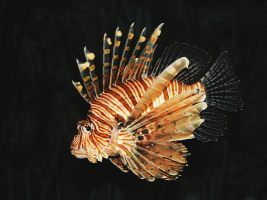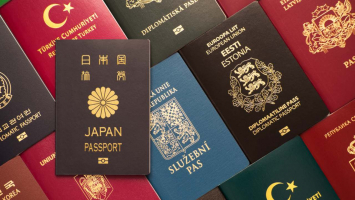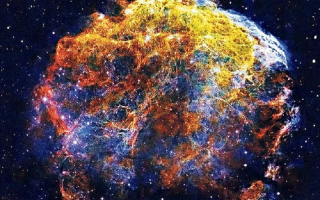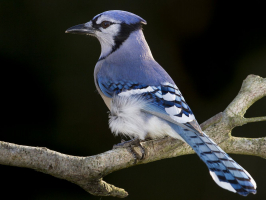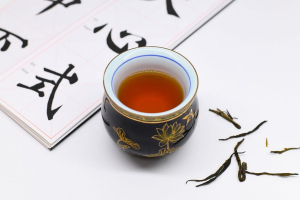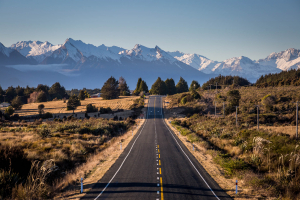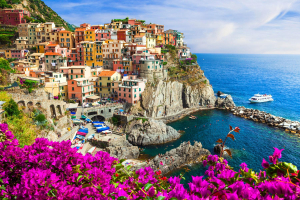Top 8 Most Dangerous Reptiles In The World
The animal world is extremely diverse and rich. Many animals are impressed by their beautiful appearance, and friendly personality, there are also very ... read more...dangerous animals. Let's find out with Toplist the most dangerous reptiles in the world!
-
One of the most dangerous reptiles in the world is King Cobra. Ophiophagus hannah, an elapid snake species with venom, is only found in the rainforests of Southern and Southeast Asia. The only cobra in the genus Ophiophagus, it may be identified from other cobras primarily by its size and neck markings.
King Cobra's potent venom is employed to render its prey unconscious before it is consumed. It is one of the most lethal snakes in the world, with complex venom that has a quick cardiotoxic and neurotoxin effect. This indicates that it will directly influence the heart and central nervous system of its target after it has dosed them. The receiver first becomes paralyzed, then all physical processes gradually start to shut down.
Southeast Asia, India, and southern China are home to king cobras. It is the largest of the deadly snakes, with a thin body that can reach lengths of more than 5 meters. They have a hood that extends when they are in a defensive position to set them apart from other snake species. On the back of their heads, they also feature two sizable "occipitals," which are huge individual scales. Only the King Cobra has a scale pattern like this.
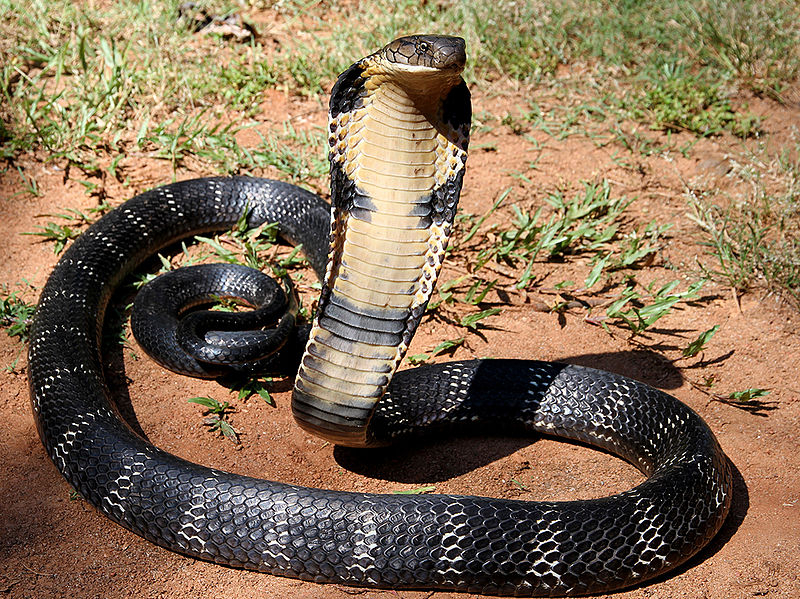
Photo: wikipedia 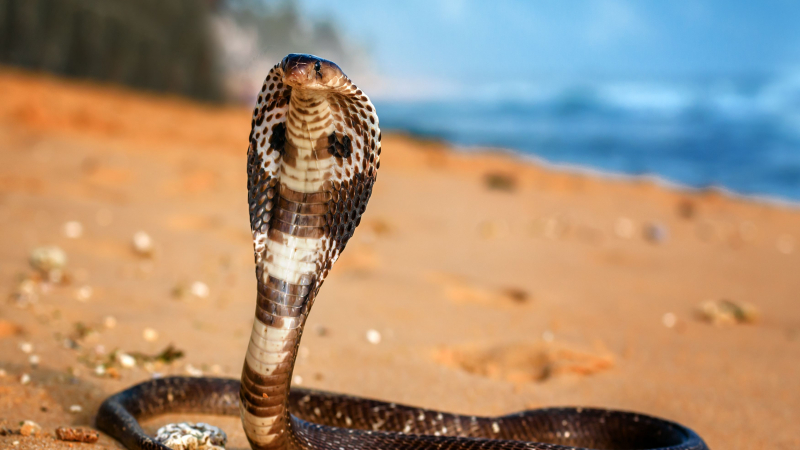
Photo: thoughtco.com -
The inland taipan, a type of highly venomous snake in the family Elapidae, is one of the most dangerous snakes in the world. It is also referred to as the western taipan, the small-scaled snake, or the horrible snake. The species lives in semi-arid regions of central and eastern Australia. Aboriginal Australians who lived in these regions gave the snake the name dandarabilla. It was first described in 1879 by Frederick McCoy and William John Macleay, and for the following 90 years, scientists were unaware of it. Before it was rediscovered in 1972, no additional specimens were found, and no new data on the species was added.
According to the median lethal dose value in mice, the inland taipan's venom is by far the deadliest of all snakes, even deadlier than that of sea snakes. Additionally, tests on human heart cell cultures reveal that it has the most lethal venom of any reptile. The inland taipan has created venom that is specifically tailored to kill warm-blooded creatures since it is a skilled mammal predator. One bite is said to be deadly enough to kill at least 100 adults. It is an extremely fast and nimble snake that can strike with great speed and accuracy, usually striking many times in one attack, and it almost always envenomates.
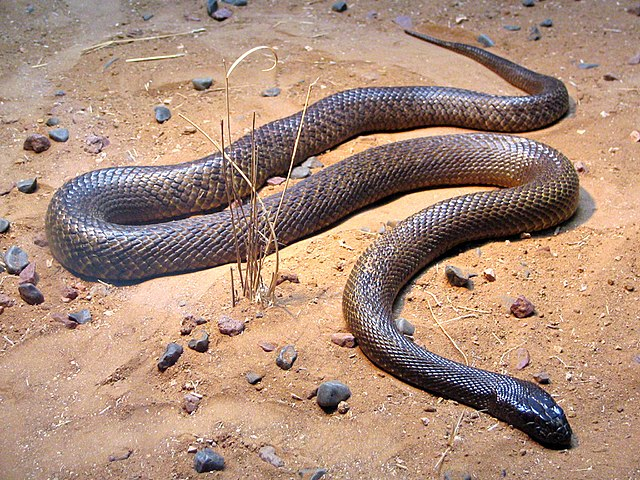
Photo: wikipedia 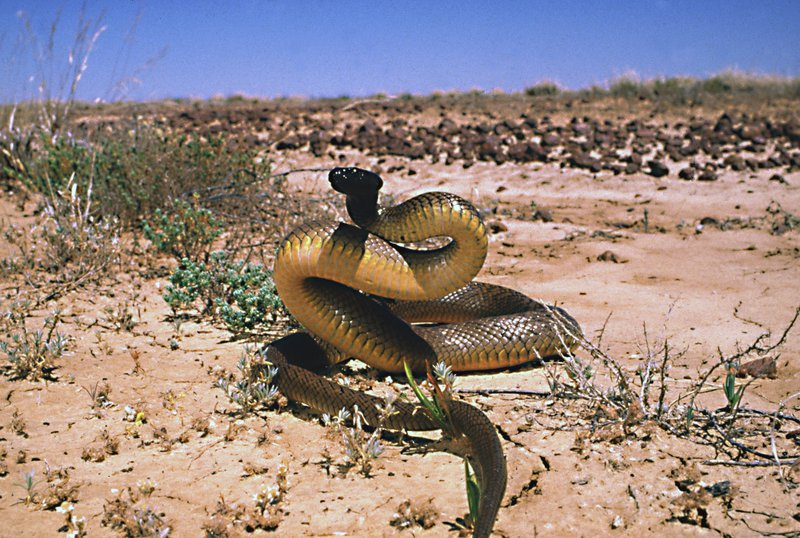
Photo: australian.museum -
The next position on the list of the most dangerous reptiles in the world is Russell’s Viper. One of India's "big four" snakes and a poisonous member of the Viperidae family, Russell's viper is indigenous to the Indian subcontinent. It was named after Patrick Russell, who wrote about it in his 1796 book An Description of Indian Serpents, collected on the coast of Coromandel, and was detailed by George Shaw and Frederick Polydore Nodder in 1797.
The bite of this snake is exceptionally lethal because 40-70 mg of Russell's viper venom is sufficient to kill the ordinary person! In actuality, more people are killed by Russell's vipers in India, Burma, and Sri Lanka than by any other snake. This snake hunts in densely populated regions and can be found in open grasslands all over the Indian subcontinent. The Russell's viper is not only extremely deadly because of its proximity, but it also possesses a bite to back it up.
The Russell's viper commonly bites people, causing localized swelling and bleeding. Depending on the intensity, this snake's envenomation can cause unpleasant side effects for up to two weeks. If untreated, statistics for bites suggest that more than 30% of victims experience kidney failure and pass away.
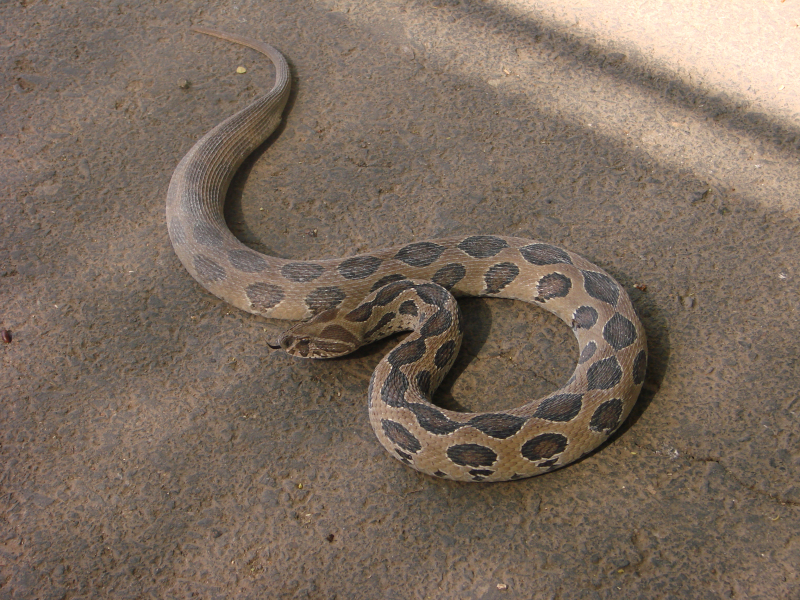
Photo: wikipedia 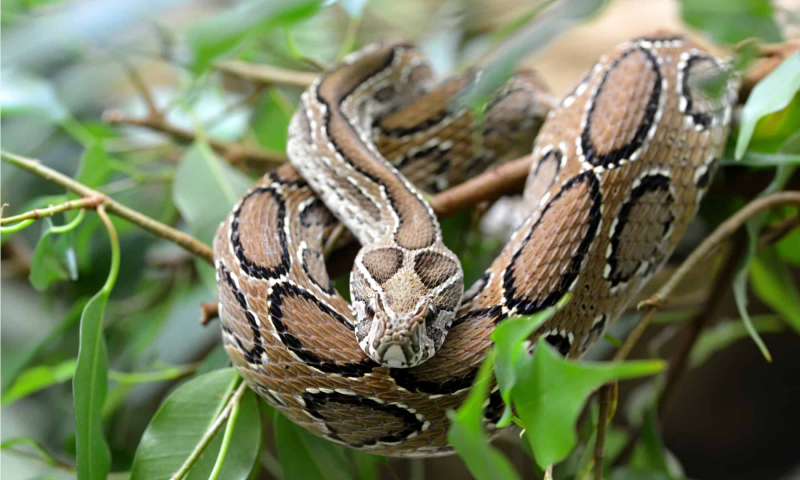
Photo: a-z-animals.com -
The black mamba, which has its origins in Africa, is among the most lethal and venomous creatures in the world. Despite having olive green or grey skin, they get their name from the fact that the inside of their mouths is entirely black. Despite being a big snake that may grow up to 4 meters long, they are incredibly agile. It is the snake that the people of Africa fear the most, in part because it is regarded as a territorial snake. They can therefore be extremely threatening when cornered, despite the fact that, like the majority of snakes, they don't seek out conflict with people.
They attack by repeatedly striking with a great deal of powerful venom. Because of their size, they can also reach the human head in addition to the lower body. It is clear why they are regarded as the most deadly snakes given their massive size, aggressive nature, and second-most lethal venom in the world. If a bite is left untreated, mortality is 100%, yet many people still pass away after receiving treatment. A human may require up to 30 vials of antivenom to survive due to the strength and amount of their venom. After 15 minutes of being bitten, death can happen.
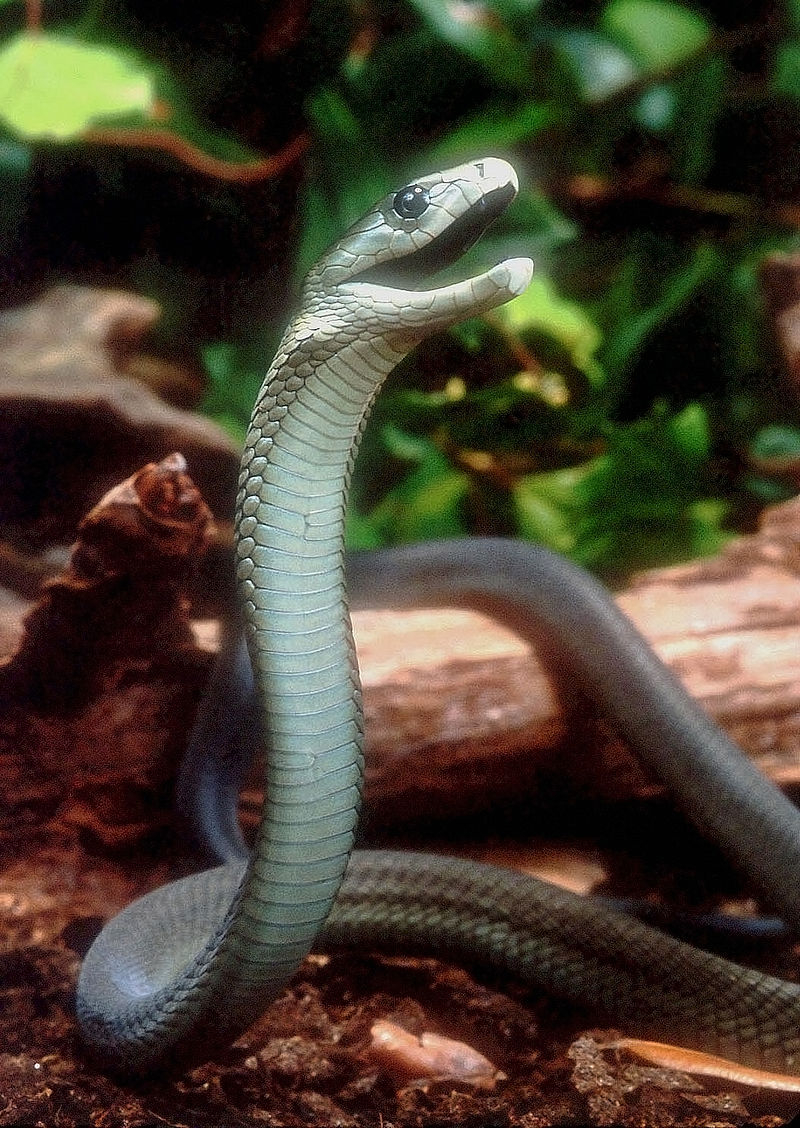
Photo: wikipedia 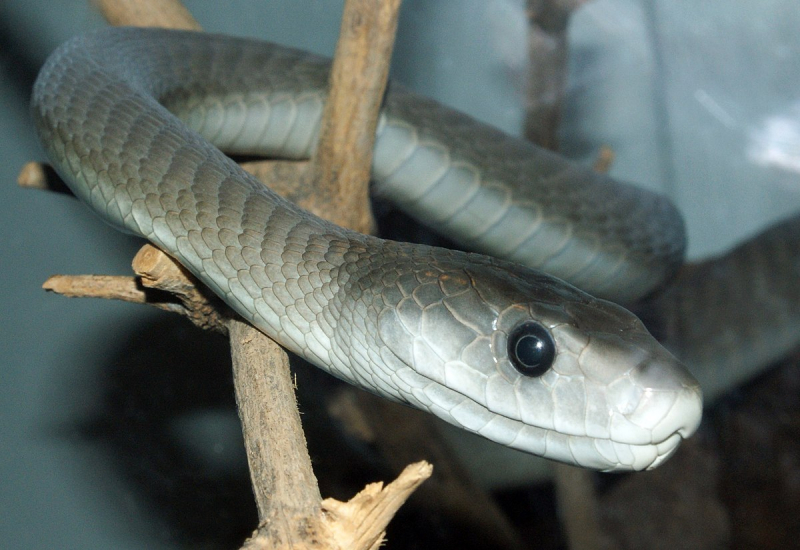
Photo: wikipedia -
The largest reptile now known to exist is the saltwater crocodile, commonly referred to as the marine crocodile. Male adults can reach 7 meters in length and 1500 kilograms in weight. Though roughly half as large as males, females are nonetheless large reptiles.
The marshy lands of Australia, Indochina, Malaysia, the Philippines, Indonesia, Mew Guinea, India, Sri Lanka, and Bangladesh are where the majority of their population resides. They can live in open waters, though, and have been known to move to the coastlines of French Polynesia and the Solomon Islands due to their exceptional swimming abilities.
These crocodiles are superpredators in their natural habitat, possessing the hardest bite of any reptile and unquestionably among the top predators in the animal kingdom. Generally speaking, they hunt opportunistically, concealing and waiting for prey to approach. This is frequently done by waiting for an animal to drink near the banks of rivers before striking. They are so opportunistic that they won't think twice before attacking a person who is acting similarly.
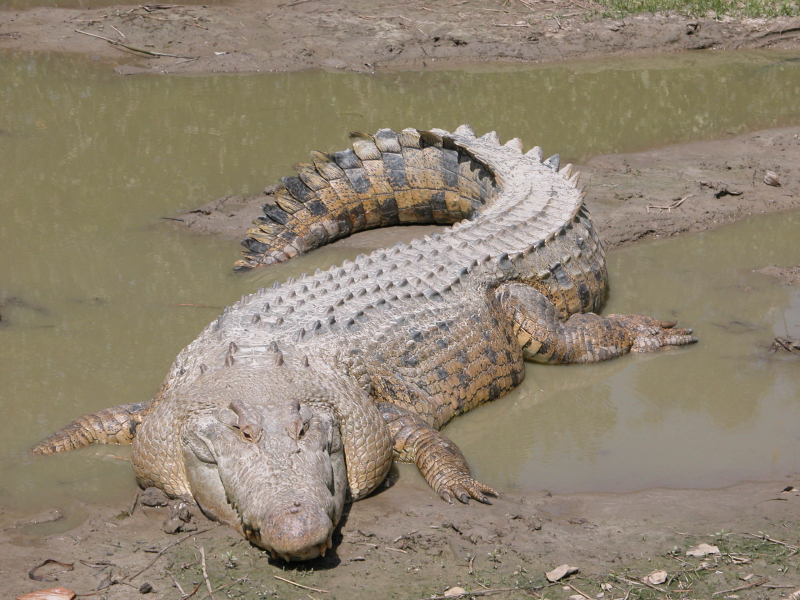
Photo: wikipedia 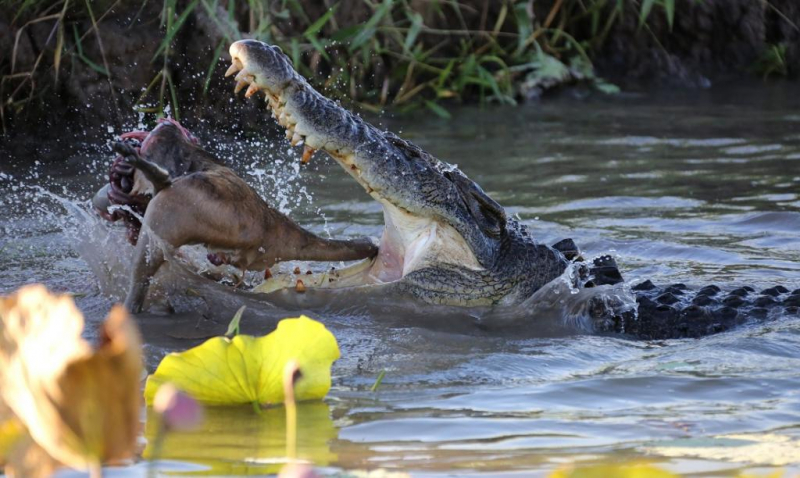
Photo: downtoearth.org.in -
One of the most dangerous reptiles in the world is the black caiman. Although caiman is not an alligator or crocodile, they share many of the same families. Their body, which has a maximum length of 6 meters, is renowned for its black coloring. Despite being an endangered species, they are thankfully no longer as frequently hunted as they formerly were. Sadly, this is probably because other caiman species and their markings have gained more recognition.
These enormous animals are endemic to South America and are primarily found in the amazon's freshwater ecosystem. They belong to the group of predators known as apex predators, which also include the jaguar and anacondas. This indicates that they are either at the top of the food chain or competing for it. Their diet can include larger species like the monkey, capybara, or wild boar in addition to small mammals, birds, and fish.
In addition to being a great swimmers, black caimans are also cunning and skilled hunters. They never give up. It is quite impossible to free yourself from their formidable jaws once they have locked onto you.
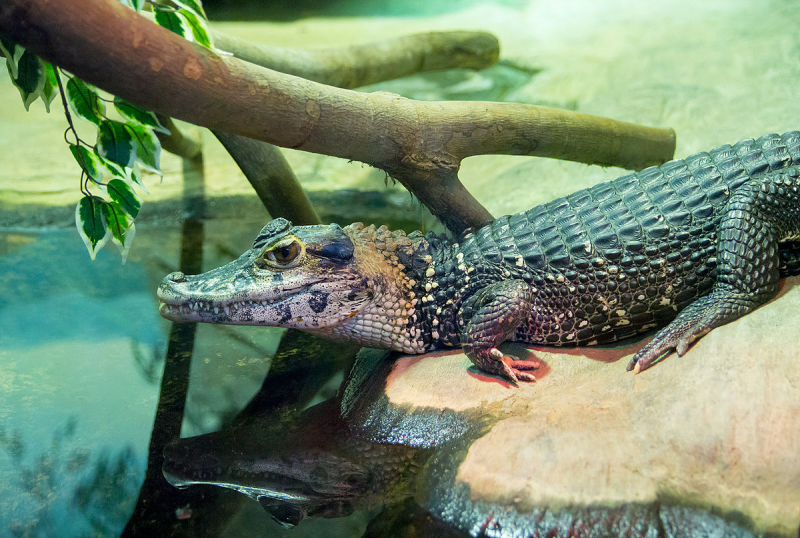
Photo: wikipedia 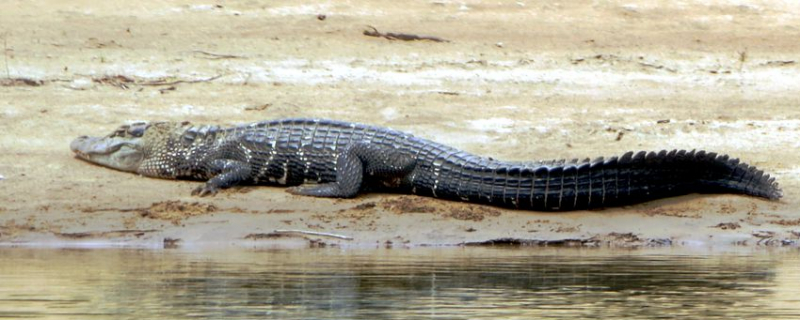
Photo: wikipedia -
With a maximum weight of 190 lbs and a maximum length of 3 meters, the Komodo dragon is almost as infamous as it is feared. They are the largest species of lizard currently recognized, and they are only found on Indonesia's volcanic islands.
In their natural habitat, komodo dragons are the apex predators and are at the top of the food chain. Their method of hunting involves using the poisons in their saliva to render their victim immobile. They then eat by biting with their pointed teeth. Instead of killing their victim, the poison's purpose is to render it helpless and keep it from fleeing.
The toxin has a hypotensive and anticoagulant effect. As a result, the victim's blood thins and leaves the body more quickly, the blood pressure falls, and the body stops functioning. Escape is impossible in this shocking state. Up until recently, it was believed that the effect on the blood was caused by leftover food in the mouth. It was believed that this diet would proliferate bacteria and cause blood poisoning.
As a result, the Komodo dragon represents a particularly serious threat. However, Komodo dragon attacks on people are rather infrequent. Because they typically do not share the same food web as humans, they might not view them as desirable. However, this enormous reptile has the ability to strike if it feels threatened or thinks an outsider is invading its territory.
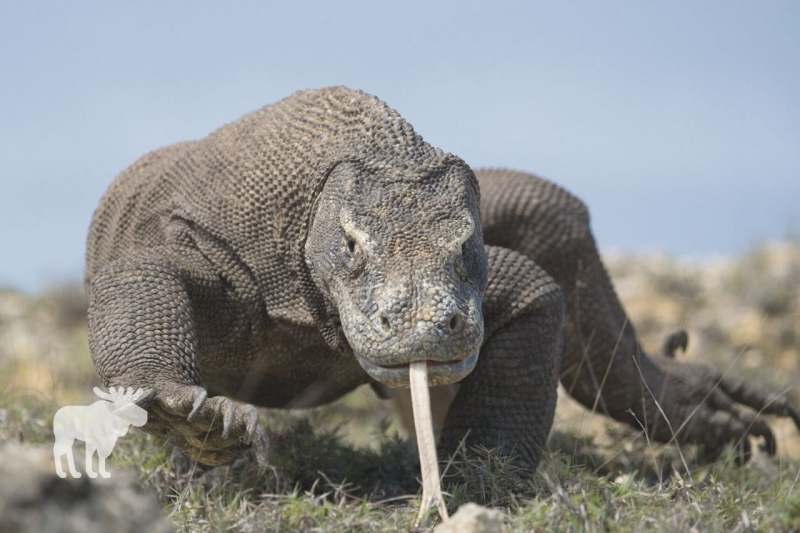
Photo: forestwildlife.org 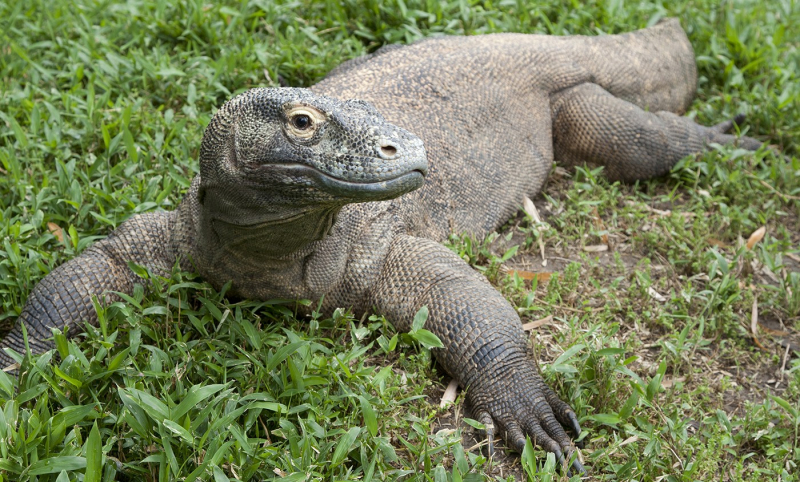
Photo: nationalzoo.si.edu -
When compared to deadly snakes or enormous crocodiles, few people may consider turtles to be dangerous reptiles. But you shouldn't tamper with these alligator snapping turtles. They are fairly fierce and aggressive in character, have a commanding presence, and a strong bite. Its natural habitat is along the Mississippi River in the United States.
Alligator snapping turtles look frightening, in contrast to most turtles, who have placid demeanors and tend to arouse more cuteness than fear. Its most distinguishing characteristics include a pointed front beak, a huge, strong headshell, scaly skin, and a lengthy tail that can occasionally be as long as the animal itself.
The sophisticated strategy used to entice prey is another intriguing aspect of alligator turtles. Their status as an aquatic superpredator is therefore confirmed. The turtle mimics the movement of worms by moving its red vermiform tongue. The fish are deceived into believing this illusion is a real worm as they swim by. The fish is subsequently snapped down by them using their tremendous bite. Fortunately for us, there aren't many reports of these turtles killing people. However, this does not imply that they are not capable of being lethal. A turtle was discovered in a lake in southern Germany after it snapped at a child swimming by and shattered his tendon in the process. The alligator snapping turtle is one of the most dangerous reptiles in the world,
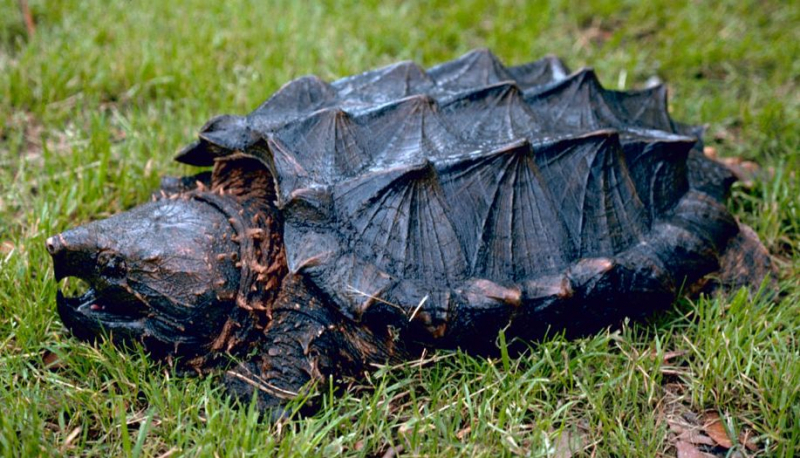
Photo: wikipedia 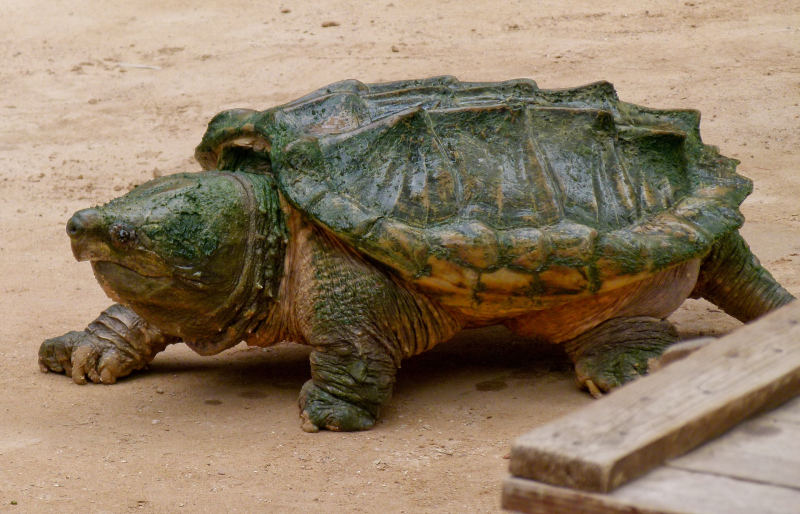
Photo: wikipedia











